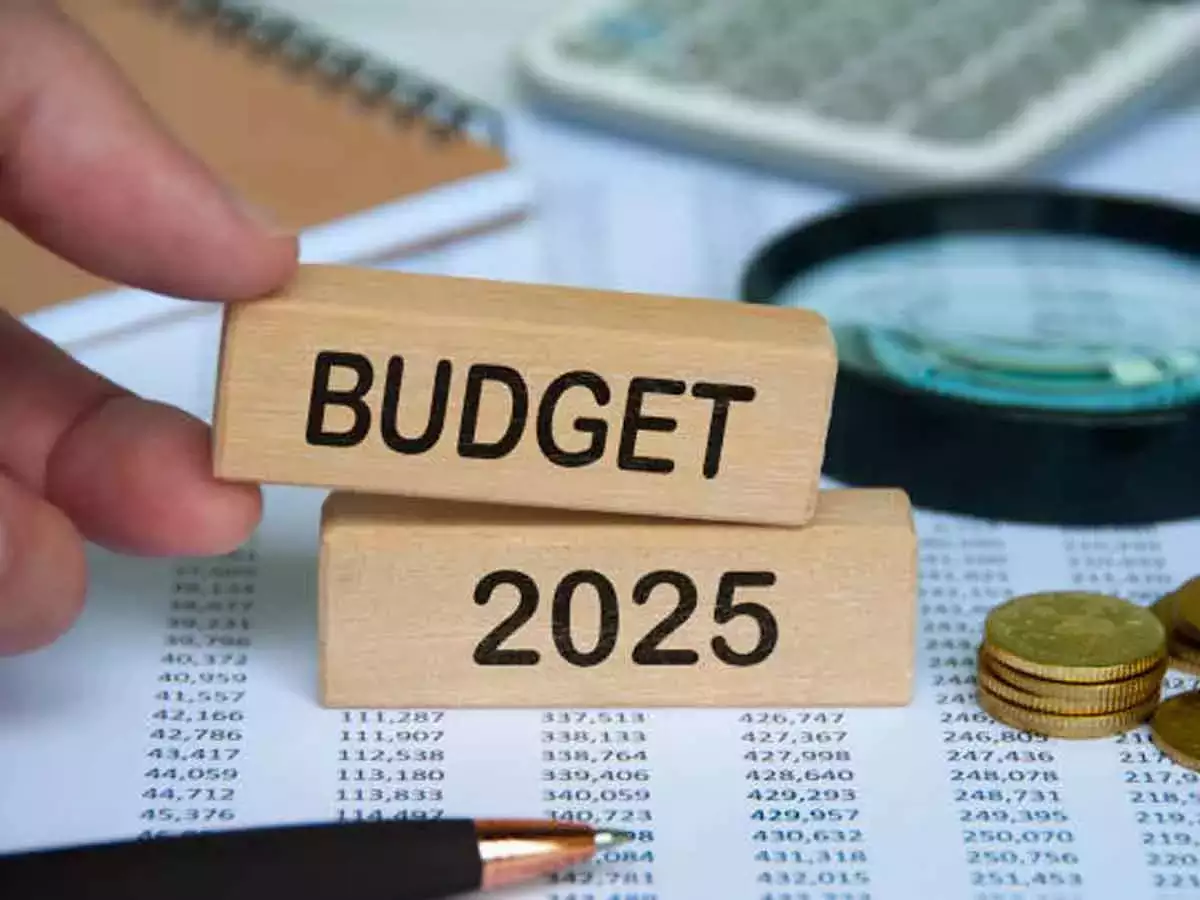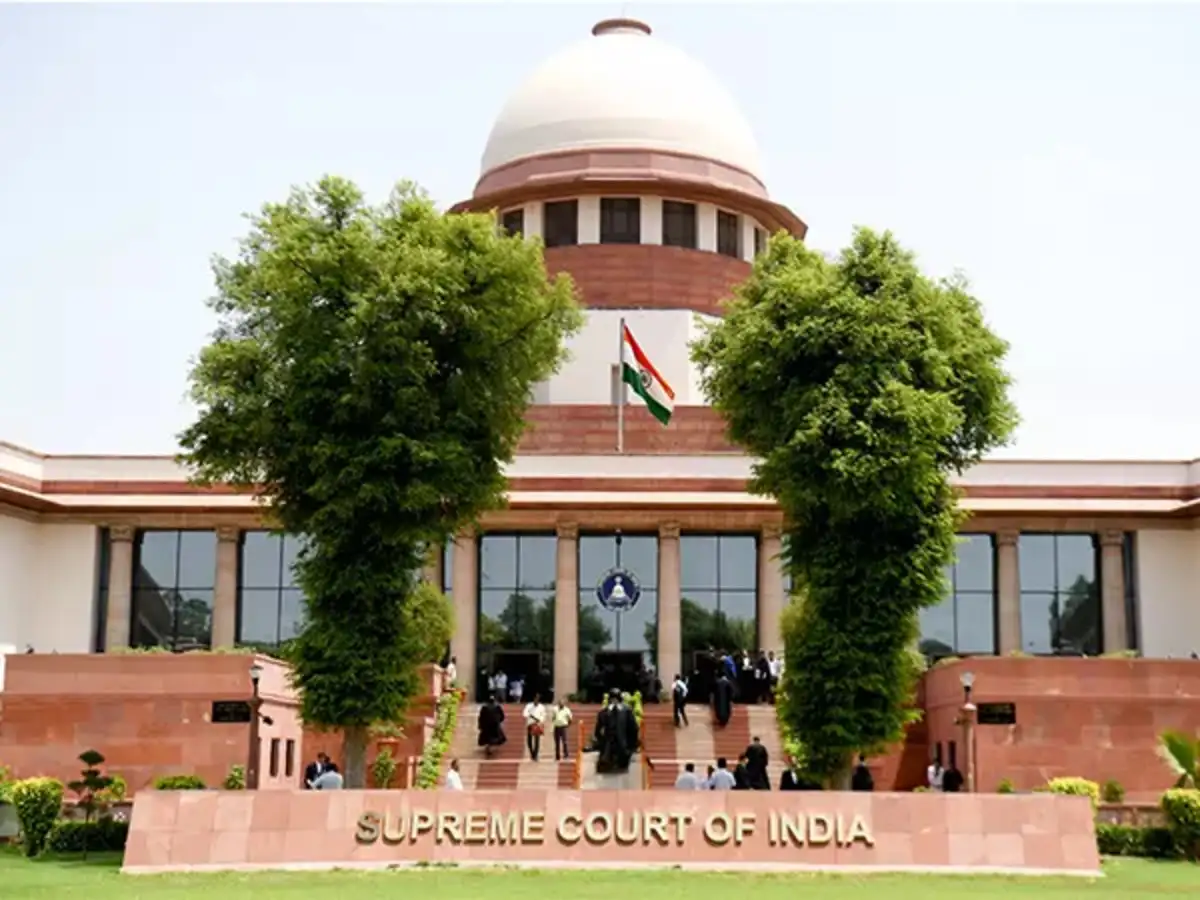- Courses
- GS Full Course 1 Year
- GS Full Course 2 Year
- GS Full Course 3 Year
- GS Full Course Till Selection
- MEP (Mains Enrichment Programme) Data, Facts
- Essay Target – 150+ Marks
- Online Program
- GS Recorded Course
- NCERT (Recorded 500+ Hours)
- Polity Recorded Course
- Geography Recorded Course
- Economy Recorded Course
- AMAC Recorded Course
- Modern India, Post Independence & World History
- Environment Recoded Course
- Governance Recoded Course
- Science & Tech. Recoded Course
- International Relations and Internal Security Recorded Course
- Disaster Management Module Course
- Ethics Recoded Course
- Current Affairs Recoded Course
- CSAT
- 5 LAYERED ARJUNA Mentorship
- Public Administration Optional
- ABOUT US
- OUR TOPPERS
- TEST SERIES
- FREE STUDY MATERIAL
- VIDEOS
- CONTACT US
State Finances: A Study of Budgets 2024-25
State Finances: A Study of Budgets 2024-25
11-02-2025

- The Reserve Bank of India (RBI) released the State Finances: A Study of Budgets of 2024-25 report, with the theme "Fiscal Reforms by States".
- This report highlights the fiscal position of state governments and outlines fiscal reforms undertaken by them.
Fiscal Position of the State Governments (2021-22 to 2023-24)
- Decline in Gross Fiscal Deficit (GFD):
- State governments have successfully contained their gross fiscal deficit within 3% of Gross Domestic Product (GDP) from 2021-22 to 2023-24.
- The GFD has fallen from an average of 4.3% of GDP (1998-99 to 2003-04) to 2.7% of GDP (2004-05 to 2023-24).
- Revenue Deficit: States have maintained a revenue deficit at 0.2% of GDP during 2021-22 to 2023-24.
- Improved Expenditure Quality: Capital outlay (expenditure leading to physical/financial asset creation) increased to 2.6% of GDP in 2023-24, compared to 2.2% in 2022-23.
- Declining State Debt:
- The debt of states has decreased from 31.8% of GDP (March 2004) to 28.5% of GDP (March 2024).
- However, it remains well above the 20% recommended by the Fiscal Responsibility and Budget Management (FRBM) Act and the FRBM Review Committee (2017).
|
About the FRBM Act, 2003
|
Why Fiscal Deficit is still high in some States?
- Reduction in Transfer of Money from Centre to state: There has been a decline in grants from the Centre attributed to the cessation of GST compensation and the tapering of Finance Commission grants.
- E.g., Finance Commission Grants under proviso to Article 275(1) have reduced by more than 18% in 2022-23 to 2023-24. (Budget 2024-25)
- Power Sector Losses: Electricity distribution companies (DISCOMs) continue to remain a drag on State finances with total accumulated losses at ₹6.5lakh crore by 2022-23 (2.4% of GDP). (Power Finance Corporation, 2024).
- Rising subsidy burden: Driven by farm loan waivers, free/subsidised services (like electricity to agriculture and households, transport), cash transfers to farmers, youth, women etc.
- Unreliable fiscal data and reporting: States reporting standards are often inconsistent with those of the Finance Commissions, the Union Ministry of Finance, and the Reserve Bank.
- This leads to ambiguities in reporting, differential treatments of public account items, non-uniform nomenclature, and underreporting of debt liabilities.
- Other issues in fiscal management in states:
- Absence of Fiscal Data: Delays in quarterly data release from some states/UTs.
- Delays in the setting up of State Finance Commissions (SFCs): It hampers fund transfer to Local government bodies which remain heavily reliant on transfers from the State governments.
- Too many Central government schemes: They reduce flexibility of State government spending and dilute the spirit of cooperative fiscal federalism.
- Economic, climatic and geopolitical uncertainties: They exacerbate the fiscal risks, leading to large divergences of actual revenues and expenditures from the budgeted estimates.
Fiscal Reforms Undertaken by States
- Fiscal Responsibility Legislations (FRLs): States have enacted their own FRBM Acts/FRLs that incentivize fiscal policy strategies, improve transparency, and lead to the creation of Medium-Term Fiscal Plans (MTFPs).
- Institutional Reforms: Many states, with the help of NITI Aayog, have established State Institutions of Transformation (e.g., Assam, Gujarat).
- Expenditure Reforms:
- Direct Benefit Transfer (DBT): To reduce duplicate and fake beneficiaries.
- National Pension System (NPS): Replacing the old pension scheme.
- Single Nodal Agency (SNA) for centrally sponsored schemes.
- Tax Reforms:
- Goods and Services Tax (GST) adoption.
- Tax Administration Modernisation through e-governance (e-registration, e-filing, e-payment) to reduce leakages and streamline compliance.
- Market-based Financing: Increased reliance on market borrowings for financing GFD, growing from 17% in 2005-06 to 79% in 2024-25.
- Power Sector Reforms: UDAY scheme and additional borrowing space for power sector reforms as per the Fifteenth Finance Commission.
|
Best practices for Enhancing Transparency and Compliance
|
Recommendations of the report
- Next-Generation Fiscal Rules: Introduce counter-cyclical fiscal policies to address large exogenous shocks.
- Switzerland's Example of Decentralized Fiscal Governance: Allow states to create their own fiscal rules based on state-level fundamentals (debt levels, growth rates).
- Medium-Term Expenditure Framework (MTEF): Linking policymaking to budgeting for better forward planning and accountability.
- Data-Driven Fiscal Policymaking: Utilizing data analytics, machine learning, and artificial intelligence for improved taxation systems.
- Improving Fiscal Data Generation and Dissemination: Provide uniform formats for data on outstanding liabilities.
- Contain DISCOM Losses: Through enhanced productivity, transmission and distribution loss reduction, rationalization of tariffs, and privatization efforts.
- Other Recommended Measures:
- Rationalisation of subsidies and centrally sponsored schemes.
- Implementing the ‘golden rule’: Finance current expenditures with current revenue, and capital expenditures with borrowings.
- Refining the process of SFC appointments to ensure timely resource availability.
- Outcome budgeting: Linking spending to measurable outcomes.
- Adoption of climate budgeting.
State governments in India have demonstrated fiscal prudence over the years. However, with rising developmental expenditures and liabilities, continued reforms are necessary. The recommended fiscal reforms aim to strengthen public finances, ensure fiscal sustainability, and enhance fiscal management for the long term.
|
Also Read |
|
| FREE NIOS Books | |



